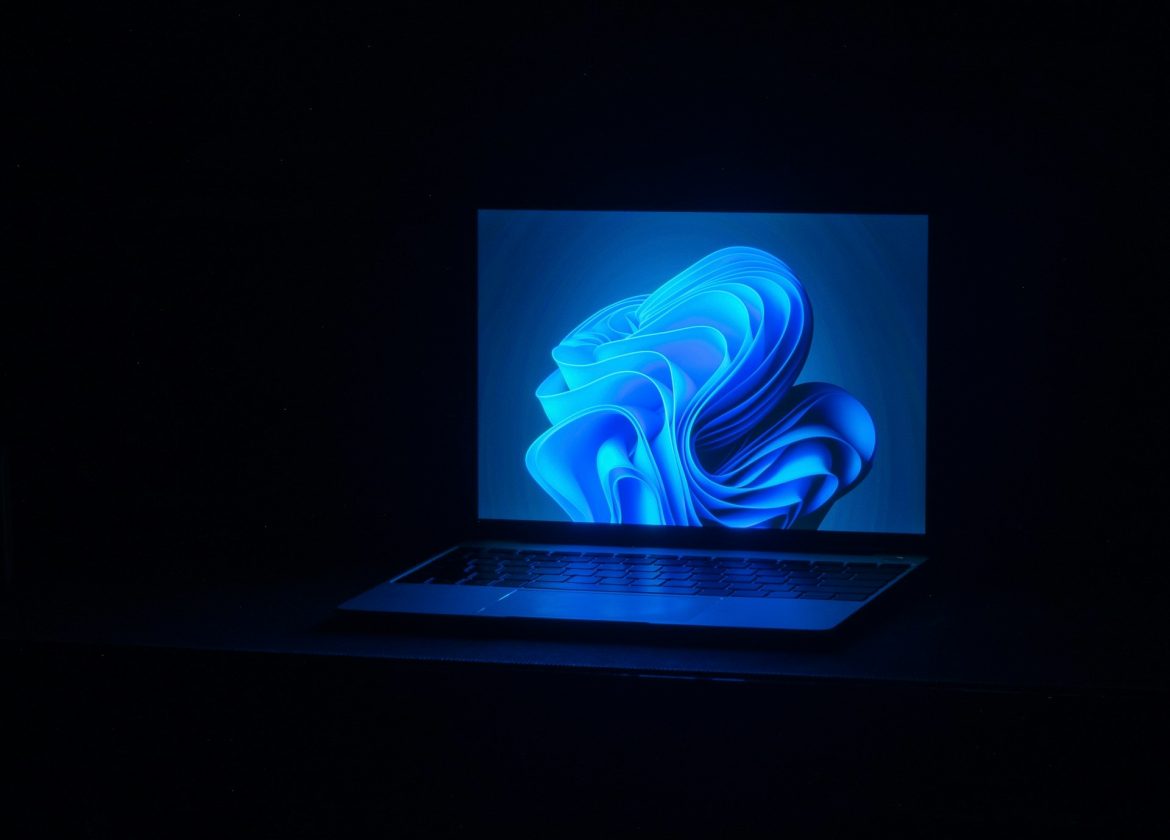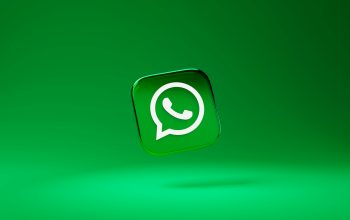Microsoft is making major moves across its ecosystem, from extending the life of its most popular operating system to navigating persistent software bugs, all while rumors swirl about a radical new direction for its next-generation Xbox.
Microsoft Grants Windows 10 a One-Year Reprieve
In an unexpected reversal, Microsoft has granted millions of users a 12-month extension for Windows 10 security updates, completely free of charge for private users. This move comes just two weeks after the operating system’s official support end date of October 14, 2025.
The new “Extended Security Updates” (ESU) program is a significant policy shift. For the first time, a service previously reserved for corporate clients is being offered to consumers.
This decision provides critical relief for users—including millions in Germany—whose otherwise functional PCs do not meet the strict hardware requirements for Windows 11. These users will now continue to receive critical security patches against malware and cyberattacks until October 2026, protecting them from being left in a digital “no man’s land.”
How the Free Security Program Works
While Windows 10 is officially “dead” regarding new features and standard technical support, the ESU program closes the security gap for an additional 12 months.
Microsoft has been clear: this is a temporary transitional phase, not a permanent solution. The company’s message is that users should use this borrowed time to migrate to Windows 11 or purchase new hardware. The program is set to expire definitively on October 13, 2026.
Three Paths to the Free Update Year
Microsoft has streamlined access to the free ESU program for private users, scrapping a previously discussed €25 fee.
-
Cloud Backup Activation: The simplest method is to use Windows Backup. Users who sync their PC settings with their Microsoft OneDrive account automatically qualify for the free year. A full file backup is not required.
-
Microsoft Rewards: Users of the Microsoft Rewards program can unlock the extension by redeeming 1,000 points, which can be earned by using the Bing search engine or the Edge browser.
-
EU Bonus: In Germany and other EU member states, the program is available entirely free, with no backup or points requirements, following pressure from European consumer protection agencies.
Eligibility and Activation
Not all Windows 10 users are eligible. The PC must be running the final version, Windows 10 22H2, as older versions are excluded. All available system updates must also be installed. Activation requires administrator rights and a Microsoft account, to which the ESU license will be linked.
Eligible users can find the activation wizard by navigating to Settings > Update & Security > Windows Update.
Technical Glitches Surface with Edge WebView2 Updates
As Microsoft manages its legacy OS, technical issues have appeared in its current software stack. A persistent bug is causing installation failures for the Microsoft Edge WebView2 component.
Users report that Windows Update offers the WebView2 update, which appears to download and install correctly. However, no installation error is shown, and the update immediately reappears, trapping the system in an installation loop.
Investigating the Installation Loop
Initial troubleshooting pointed to potential DCOM process failures listed in the Event Log. Attempts to run the process manually suggested missing C++ runtime files. However, updating the VC++ runtime libraries did not resolve the issue.
A manual installation attempt of WebView2 finally revealed the true culprit: a message stating, “Group Policy prevents installation,” even on systems where no such GPO was configured.
The Real Culprit: A Registry Block
The root cause was traced to a specific registry entry. Newer versions of Microsoft Edge (1.3.127.1 and higher) allow a policy to control whether the WebView2 runtime can be installed via Edge Update.
The investigation found that in the registry key HKEY_LOCAL_MACHINE\SOFTWARE\Policies\Microsoft\EdgeUpdate, values such as Install{F3017226-FE2A-4295-8BDF-00C3A9A7E4C5} were set to 0, blocking the installation.
The solution is to either manually change these values to 1 or, more simply, delete all Install* and Update* entries within the EdgeUpdate registry key, which immediately resolves the installation failure.
Report: Next-Gen Xbox May Run on Windows
Looking beyond current support and software fixes, rumors are intensifying regarding Microsoft’s long-term hardware strategy. Amid wild speculation—from “the Xbox is dead” to a potential $1,000+ price tag—industry insider Jez Corden reports that the next-generation Xbox may, in fact, be a Windows-based machine.
A Console-Optimized Windows Experience
According to the report, the plan is to use Windows as the console’s backbone, similar to the Asus ROG Ally handheld. However, Microsoft would heavily optimize the experience for a seamless, TV-based “console feel.” The ROG Ally is believed to have served as an important testbed for Microsoft to gather user and developer feedback for this concept.
Bridging PC and Console Gaming
This strategy would reportedly allow the new console to natively support both PC games and the traditional Xbox library, maintaining backward compatibility for Xbox Series X|S, Xbox One, and Xbox 360 titles. The “Xbox Play Anywhere” initiative, which allows a single purchase to be played across platforms, would also continue.
The Future of Multiplayer
While Microsoft’s plans for Game Pass remain unclear in this scenario, Corden suggests that this move could make multiplayer on the new Xbox free. The reasoning is that a Windows-based console would likely allow access to PC storefronts like Steam and the Epic Games Store, both of which already offer free-to-play multiplayer, effectively forcing Microsoft to match the standard.



